What are the consumer electronics that will change people's lives in 2020? They may be good ideas for New Year gifts.
Each year, TIME highlights the inventions that are making the world better, smarter, and even more interesting, and the 2020 list solicits nominations from editors around the world, through an online application process, and evaluates each candidate on key factors such as originality, inventiveness, effectiveness, and think about what’s possible.
In the end, TIME selected 100 breakthrough inventions, including a smarter honeycomb, a greener toothpaste, and technology that could catalyze the COVID-19 vaccine, which is changing the way we live, work, play, and think.
This article is about THE BEST INVENTIONS OF 2020 - Consumer Electronics
1. The Next-Level Action Cam, Insta360 One R
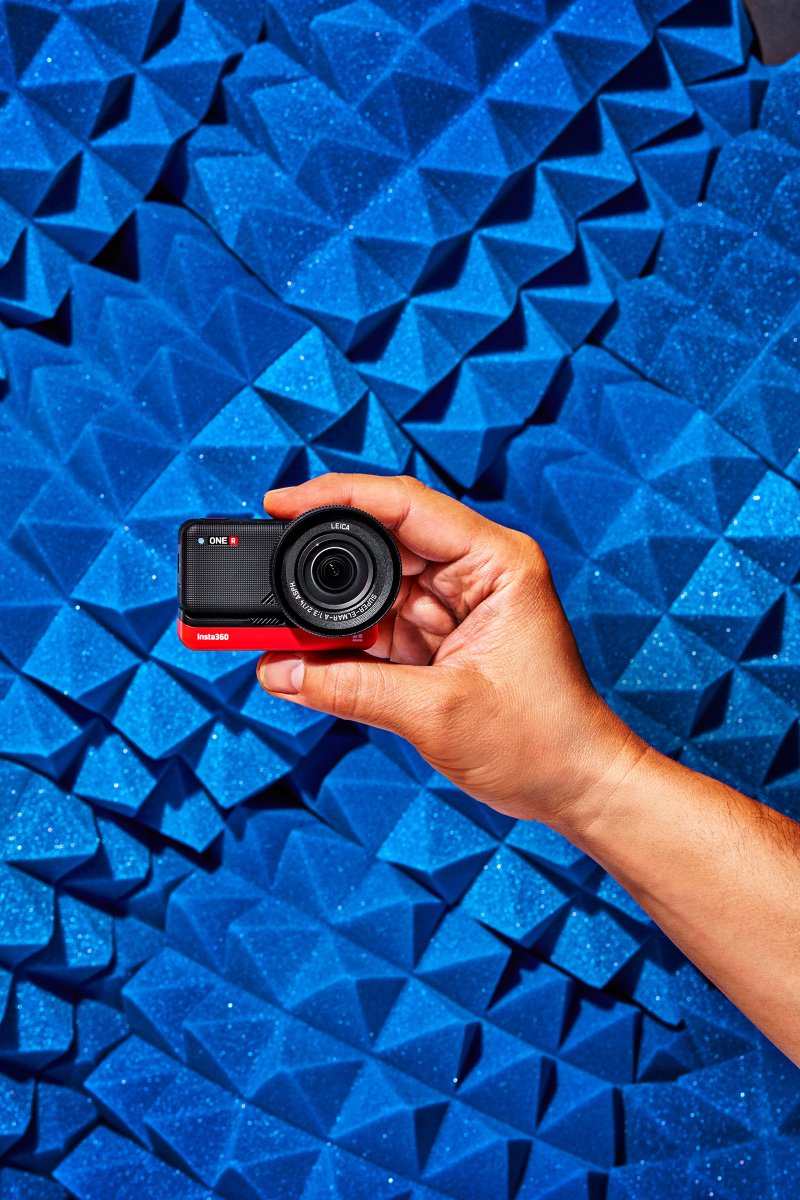
Think of the One R ($479) as an action camera you can customize. Its secret sauce lies in its modular nature, making it adaptable for capturing breathtaking action—from biking to basketball—as well as more pedestrian images and video. In addition to the two available lenses, a 360-degree lens and a 4K ultra-wide-angle lens, Insta360 has partnered with companies like Barebones and Leica to create an array of swappable camera modules and lens mounts. And with its machine- learning software combined with constant updates—adding features like improved editing tools and the “invisible selfie stick” function, which edits the stick from view—the One R should last as long as you need it.
—Patrick Lucas Austin
2. The Phone That Doubles as a Notebook, Microsoft Surface Duo
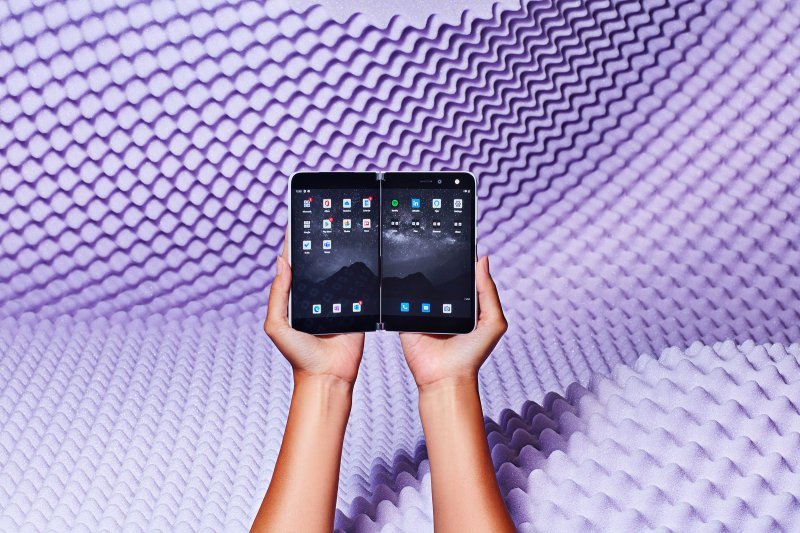
Buy now: Microsoft Surface Duo
Is it a phone or is it a notebook? In the case of Microsoft’s Surface Duo, the answer is it’s both. The dual-screen Android smartphone ($1,399) opens like a spiral binder, revealing a pair of screens. Unfold it and it’s a digital notebook—drag items from one app to another, expand a single app to fill both screens (perfect for reading), or use a Surface Pen to get some writing done on one screen while you chat on the other. You can also fold the device back over itself and use the single screen as a traditional cell phone. The Surface Duo feels like a concept device but also a glimpse into the future of mobile computing: it won’t replace your iPhone and its killer camera just yet, but it’s easy to see how it one day might.
—Patrick Lucas Austin
3. A Glimpse of the Galaxy, Miller Engineering Dark Skys DS-1 Planetarium
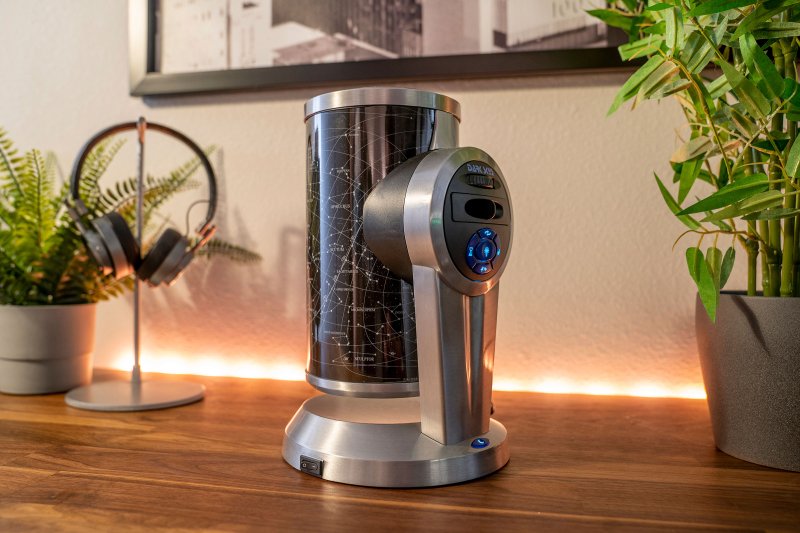
Buy now: Dark Skys DS-1 Planetarium
A few years ago, Christopher Miller lamented that home planetariums couldn’t come close to the beauty of the night sky. So he set out to make a more detailed model. The result: the DS-1 ($580), which can project 4.1 million stars onto your bedroom ceiling via a chrome-on-glass disc. (Most other home units project hundreds of thousands of stars.) As 2020 unwound, Miller noticed that DS-1 customers were not only Astro-geeks but also families looking for an interstellar escape from the year’s challenges. “We’re bringing back the night sky,” he says—and the wonder that comes with it.
—Jesse Will
4. Upgraded Cell-Phone Snaps, MOON UltraLight
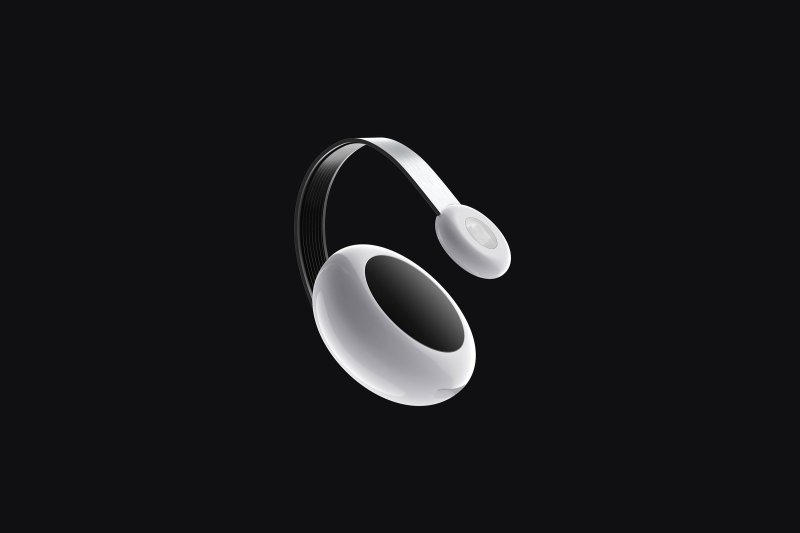
Despite years behind the lens, cinematographer Edward Madongorere always struggled to get quality shots on his phone at night—the lighting was never quite right. “Flash photography just doesn’t work,” he says. “We wanted to create a product that solves that problem, so you can essentially take a light with you wherever you go.” So Madongorere created MOON UltraLight, a sleek clip-on that attaches to any phone or laptop and casts just the right amount of light on a subject. The rechargeable device brightens or dims at the touch of a finger and adjusts between cool and warm light. And at the size of a small cherry, the $59 clip-on is much smaller and less intrusive than many other lighting tools on the market.
—Madeleine Carlisle
5. A High-Impact Camera, Sony a7C
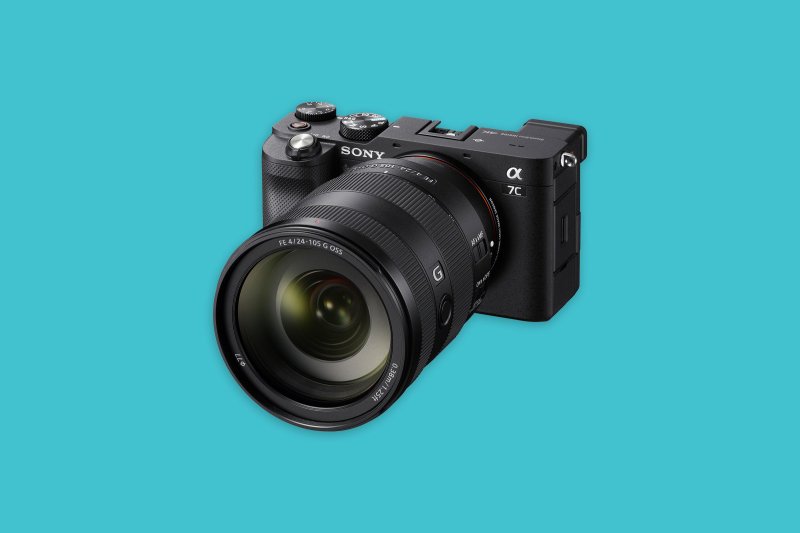
Today’s smartphones are getting pretty good at taking pictures, but they’re still limited by the laws of physics. Better pictures typically require a bigger sensor, and there’s only so much room in a phone. Unfortunately, cameras with big sensors tend to be pretty big themselves, making them inconvenient for everyday use. Not so with the Sony a7C, one of the smallest and lightest mirrorless cameras equipped with what’s called a full-frame sensor—which is to say, a nice big one that can take high-resolution pictures. Unlike most full-frame cameras, the a7C (starting at $1,799, body only) is small enough to drop in your bag for family outings, vacations, or just daily photography and videography.
—Alex Fitzpatrick
6. A Cleaner Charge, Lexon Oblio
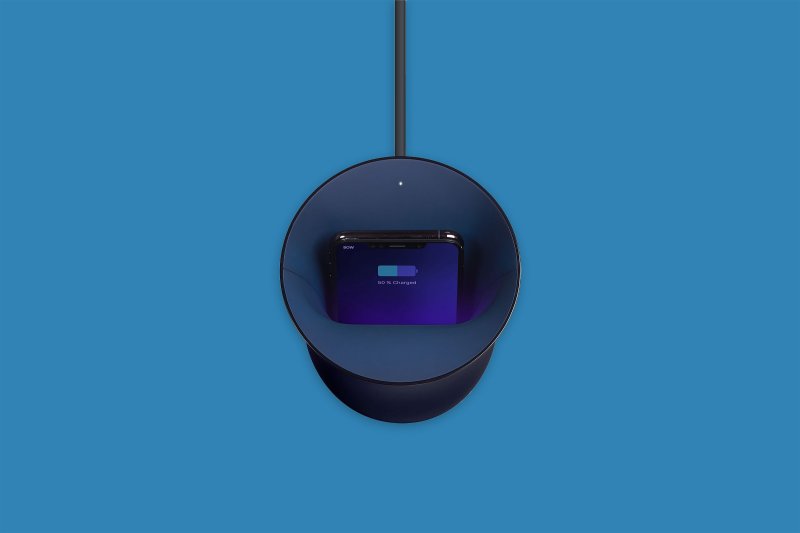
Cell phones can be covered with more than 17,000 bacterial gene copies—10 times as much bacteria as the average toilet seat, one study found. Oblio solves that problem and charges your device at the same time. The wireless charging station resembles a stylish vase and uses UVC light to sanitize your phone, killing 99% of the bacteria on its surface in just 20 minutes. The device ($80) has not yet been tested for effectiveness against COVID-19, but even so, it sold out soon after it became commercially available in the U.S. over the summer.
—Madeleine Carlisle
7. Kid-Proof Storage, KEEP
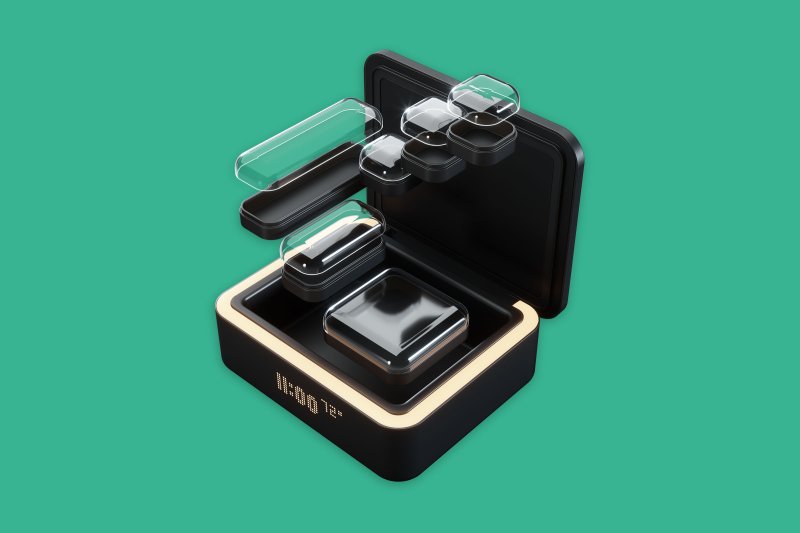
Philip Wilkins has used cannabis to treat his epilepsy ever since it became federally legal in his home country of Canada. But with three kids under the age of 5, Wilkins worried about how to store his medicine so his kids couldn’t find it. So he created KEEP, the first smart-storage device specifically designed for cannabis and prescription medicine. The device ($249) is biometrically locked and connected to an app on your phone, which will alert you if someone tries to open it. KEEP also features temperature and humidity controls, and a hermetic seal. With a sleek, discreet design, KEEP hides in plain sight. “People don’t want to feel like they’re 17 in their parents’ basement,” Wilkins says. “They’re adults.”
—Madeleine Carlisle
8. Better Buds, Nuheara IQbuds2 MAX
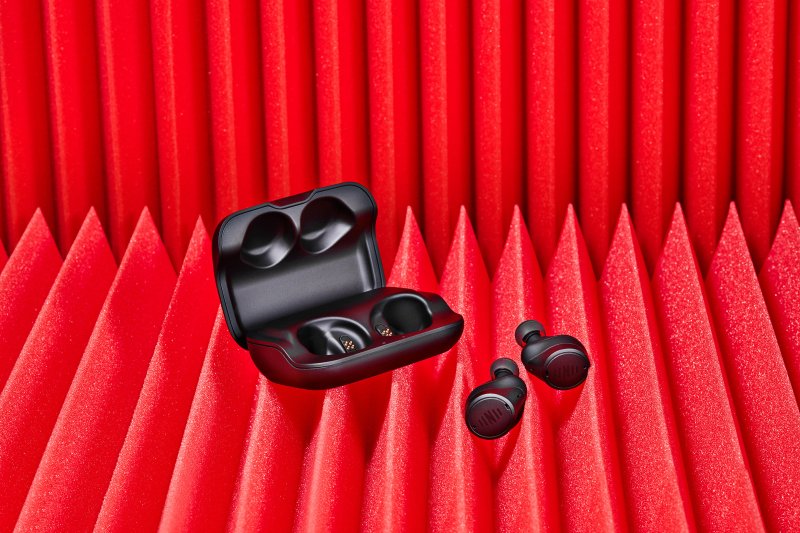
Wireless earbuds are increasingly capable of blocking the noise of the outside world while you listen to some tunes. But when you can’t hear the person right in front of you, it’d be nice if they offered a little help. The IQbuds2 MAX ($319) is on the case. They deliver on the audio front but also are the only wireless buds that feature both active noise cancellation and audio-processing technology capable of isolating human conversations, tuning out everything except the people or sounds you want to hear. Not only do they make it easier to hear your friends on the subway or at a noisy café, but they can also help stem the debilitating effects of hearing loss—a condition that affects more than 466 million people worldwide.
—Patrick Lucas Austin
